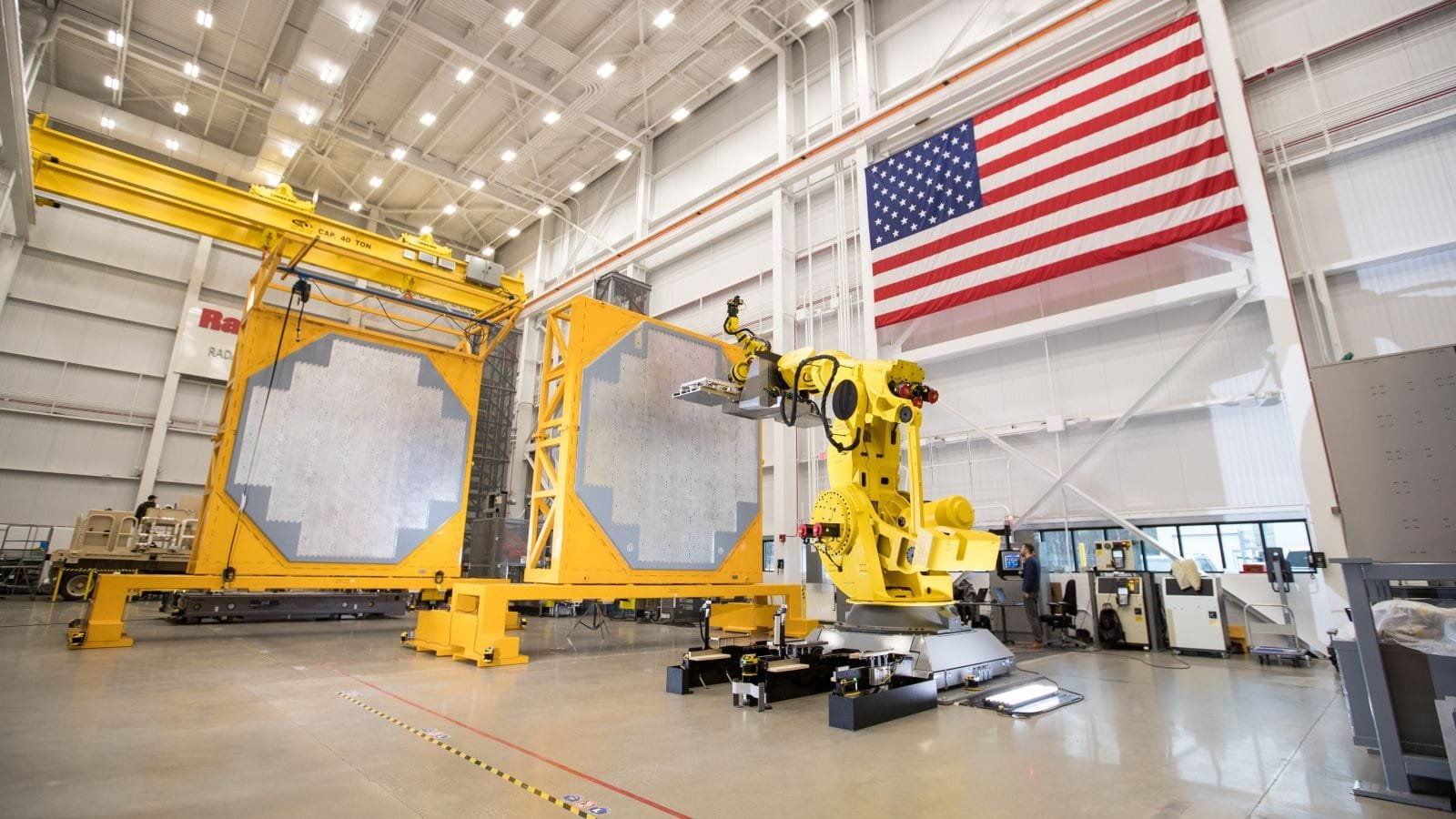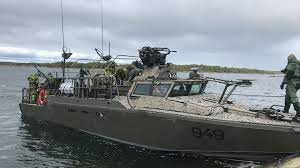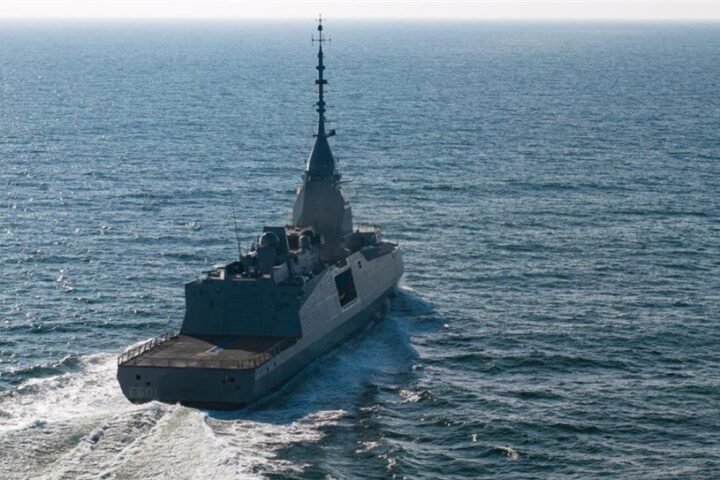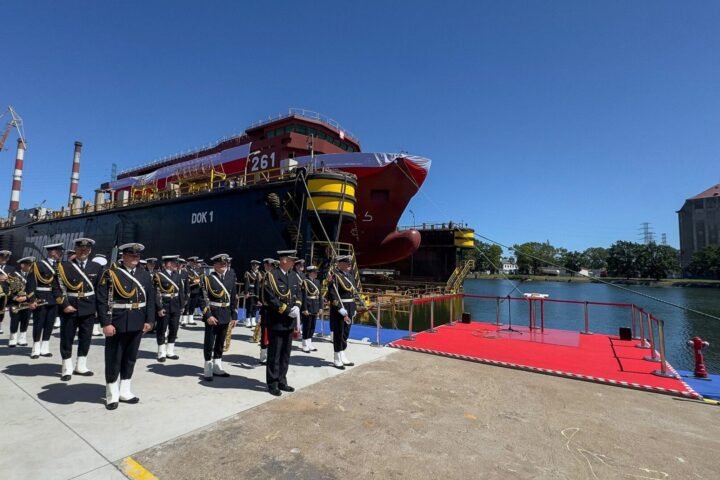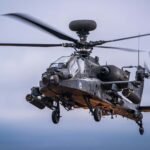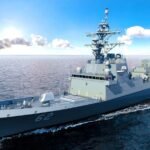In the United States, the US Navy has awarded a contract to Raytheon (RTX Corporation) worth 536 million dollars for the family of AN/SPY-6 radars.

This contract follows the previous Integration and Production Support contract and includes the upgrade of Arleigh Burke Flight IIA class destroyers with the AN/SPY-6(V)4 variant.
Under the exclusive supply contract, Raytheon will provide continuous support to the US Navy’s family of AN/SPY-6 radars through training, engineering services, installation, integration and testing on the ships involved, as well as software updates to improve radar capabilities.
The German Navy, which has selected the AN/SPY-6 for its new F127 units currently in the definition phase, will also benefit from the work of this contract.
Currently, the AN/SPY-6 is now installed on two new US Navy ships, and three more ships are foreseen on which it will be installed and subjected to various testing phases during 2025.
In the next decade, it is expected that the AN/SPY-6 radar will be installed on over 60 US Navy ships equipped with the Aegis system, improving defense against air, surface, and ballistic threats.
Features of the Air and Missile Defense Radar
The new radar, also known as the Air and Missile Defense Radar (AMDR), is capable of detecting ballistic missiles, cruise missiles, enemy aircraft (Air Defense), surface ships and submarine snorkels simultaneously.
Compared to the AN/SPY-1D, the AN/SPY-6 is up to 30 times more sensitive, nearly doubling the range compared to systems currently in use.
The installation of the AN/SPY-6 radar and related equipment results in an increase in the displacement of about 400 tons of the Arleigh Burke class destroyers.
In addition, to ensure adequate cooling of the systems, four special 300-ton machines are installed instead of the five 200-ton machines in the previous Flights.
One of the peculiar features of the AMDR is the ability to vary the number of RMA (Radar Modular Assemblies) to adapt the system to mission needs and different types of ships.
Source and image credit @Raytheon (RTX Corporation)

